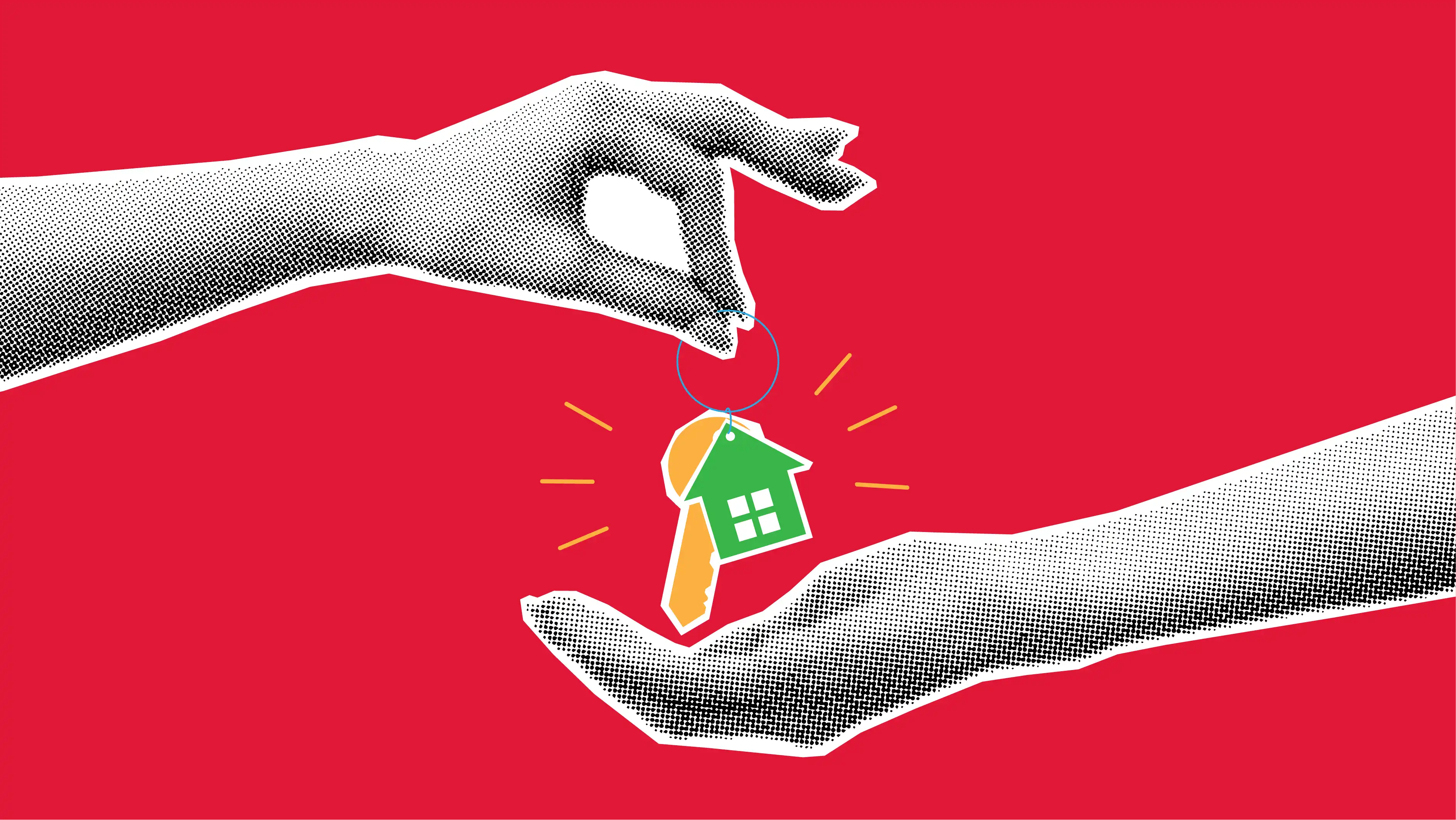
Home Sweet Loan - Which one is right for you?
Breaking Down Different Home Loan Types – Which One Is Right for You?

Navigating the world of home loans can feel like swimming in a sea of jargon and numbers. But don’t worry, we’re here to help you make sense of it all! Let’s dive into the different types of home loans out there so you can find the one that suits you best.
1. Fixed Rate Loan
What is it?
A fixed rate loan means your interest rate is locked in for a certain period, usually between 1 and 5 years. During this time, your repayments stay the same, no matter what happens with interest rates in the wider market.
Pros:
You’ll know exactly what your repayments will be each month (great for budgeting!).
You’re protected if interest rates rise during your fixed term.
Cons:
You might miss out on savings if interest rates drop.
There can be restrictions on extra repayments, meaning you might not be able to pay your loan off faster.
Who’s it for?
If you like certainty and prefer knowing exactly how much you’ll pay each month, a fixed rate loan is your friend.
2. Variable Rate Loan
What is it?
A variable rate loan is just that – variable! The interest rate can go up or down depending on changes to the official cash rate set by the Reserve Bank of Australia (RBA) and your lender’s discretion.
Pros:
If interest rates drop, your repayments do too (yay for savings!).
You’ll often have more flexibility, like making extra repayments or having access to offset accounts.
Cons:
The flip side is if interest rates rise, so do your repayments.
It’s a bit harder to predict your monthly costs, so budgeting can be trickier.
Who’s it for?
If you’re comfortable with some financial flexibility and potential changes in repayments, a variable rate loan could be a good option.
3. Split Loan
What is it?
Can’t decide between fixed or variable? With a split loan, you don’t have to! It allows you to split your home loan into two parts – one with a fixed rate and the other with a variable rate.
Pros:
You get the stability of a fixed rate for part of your loan and the flexibility of a variable rate for the rest.
You can benefit from interest rate drops on the variable portion while having predictable repayments on the fixed portion.
Cons:
You still face potential rate rises on the variable portion.
There can be additional fees or restrictions when splitting a loan.
Who’s it for?
A split loan is ideal if you want to hedge your bets and have the best of both worlds – a little predictability and a little flexibility.
4. Interest-Only Loan
What is it?
With an interest-only loan, you only pay the interest on the loan for a set period (usually 1 to 5 years), meaning your repayments are lower for that time. However, you’re not paying off any of the loan principal, so the full loan amount remains.
Pros:
Lower repayments during the interest-only period can free up cash for other expenses.
It’s great for investors looking to maximise their cash flow.
Cons:
Once the interest-only period ends, your repayments will jump to cover both interest and principal.
You won’t be reducing your loan balance during the interest-only period, so you’re not building equity.
Who’s it for?
Interest-only loans can suit investors or homebuyers who need some short-term financial relief, but be prepared for higher repayments down the track.
5. Low-Deposit Loan (or LMI Loan)
What is it?
A low-deposit loan allows you to borrow more than 80% of the property’s value, meaning you can buy a home with a smaller deposit. However, you’ll likely need to pay Lender’s Mortgage Insurance (LMI), which protects the lender, not you, in case you default.
Pros:
You can get into the property market sooner, even if you haven’t saved up a large deposit.
It’s an option for first home buyers struggling to save that 20%.
Cons:
LMI can be expensive and adds to the overall cost of your loan.
Your loan repayments will likely be higher since you’re borrowing more.
Who’s it for?
If saving for a big deposit is holding you back, a low-deposit loan might be your key to entering the market sooner. Just factor in the cost of LMI.
6. Offset Home Loan
What is it?
An offset home loan is a variable loan with an added feature – an offset account. This is a savings or transaction account linked to your loan. The balance in this account “offsets” your loan amount, so you’re only charged interest on the difference.
Pros:
You can reduce the interest you pay on your home loan by keeping funds in your offset account.
The more you have in your offset account, the more you save in interest.
Cons:
Some lenders charge higher fees or interest rates for offset loans.
You need to keep a decent amount in your offset account for it to make a noticeable difference.
Who’s it for?
If you’ve got extra cash you’d like to save or access, an offset loan is a great way to reduce your interest without locking your money away.
Please note:
Loan Gallery Finance Pty Ltd is independent of Simonds Homes and all advice is provided by Loan Gallery and not Simonds Homes.
The above advice is general in nature and is not personal financial product advice. It does not take into account your objectives, financial situation or needs. Before acting on any information, you should consider the appropriateness of the information provided and the nature of the relevant financial product having regard to your objectives, financial situation and needs.
Loan Gallery Finance Pty Ltd ABN: 33 163 825 670 Australian Credit Licence: 475302
MFAA accredited business